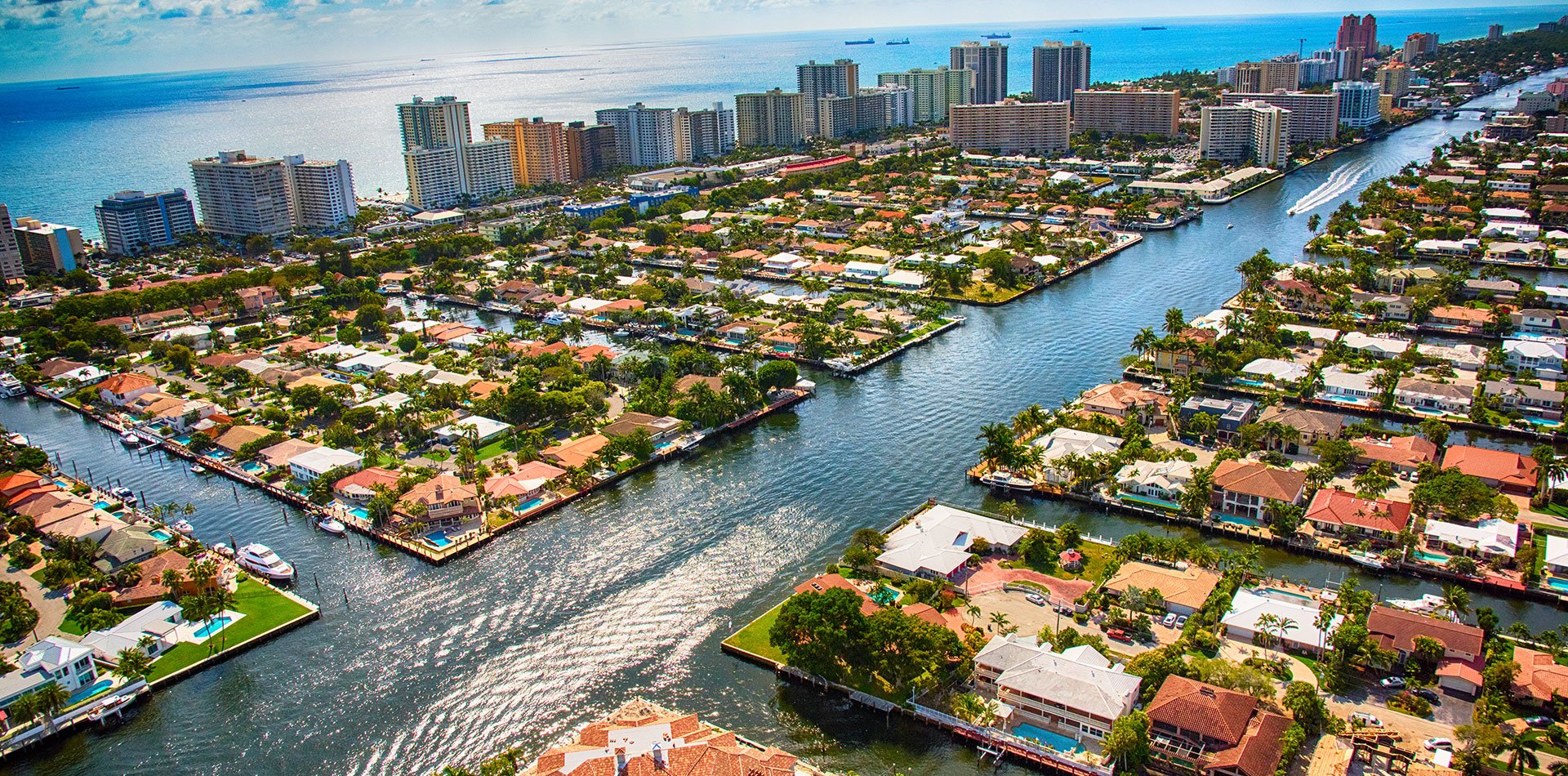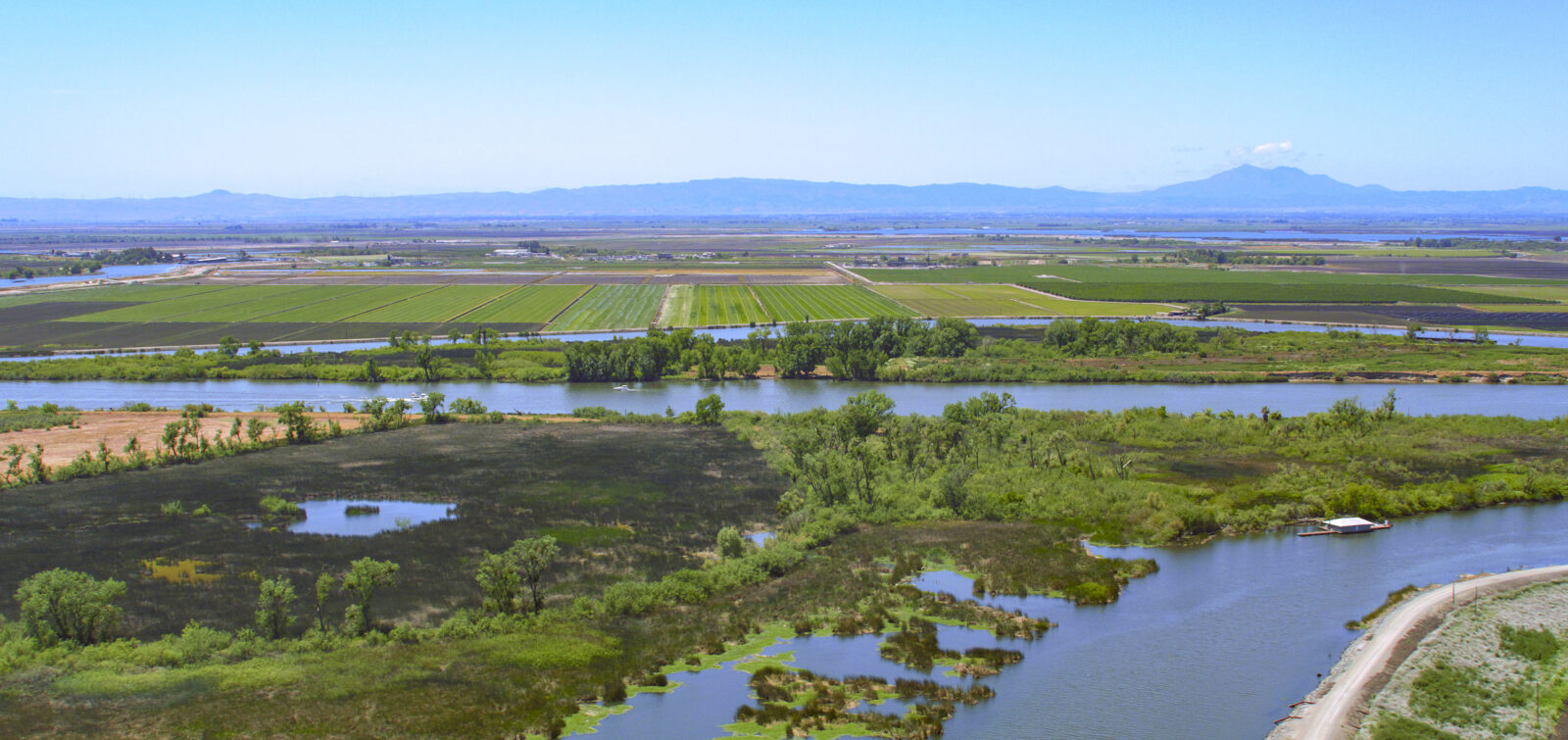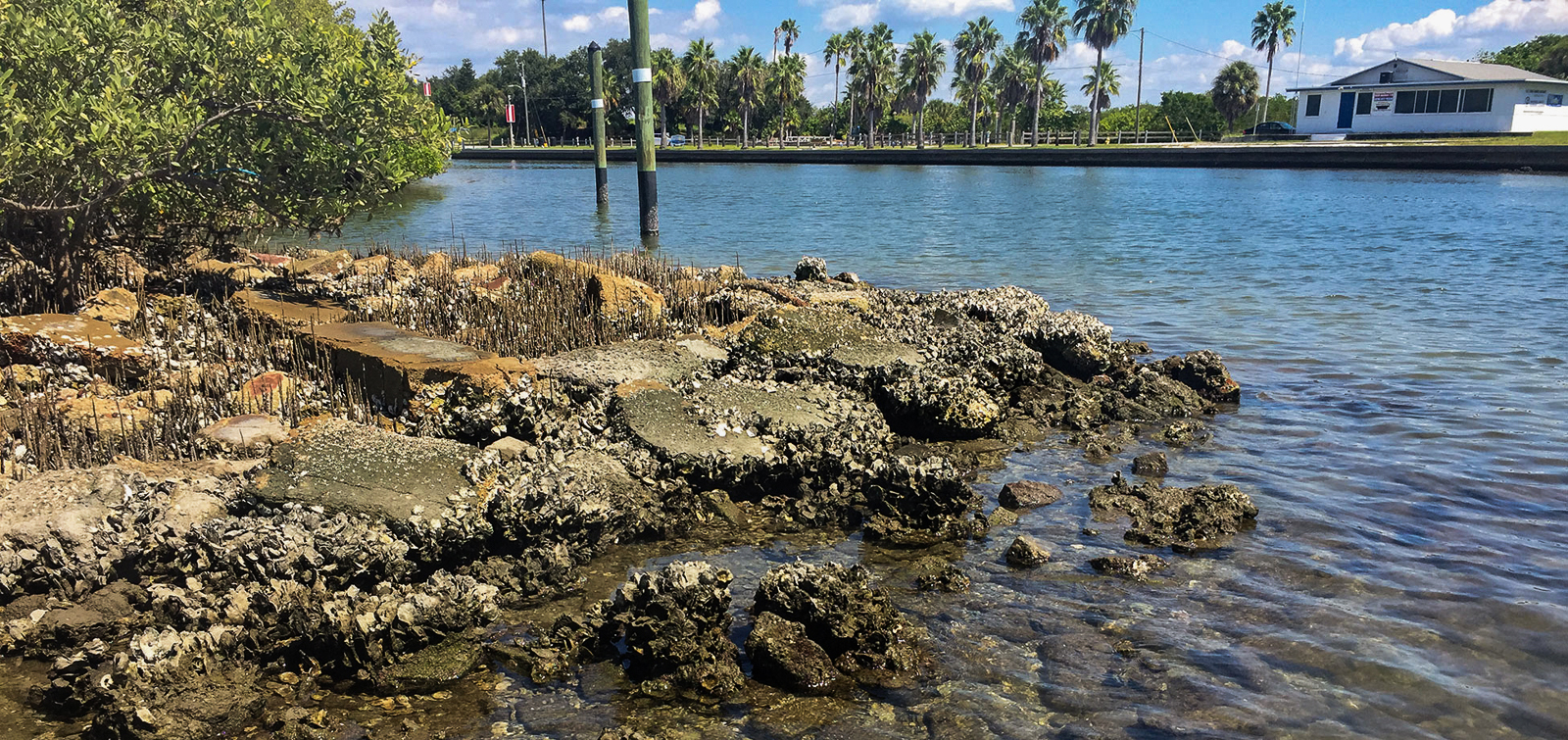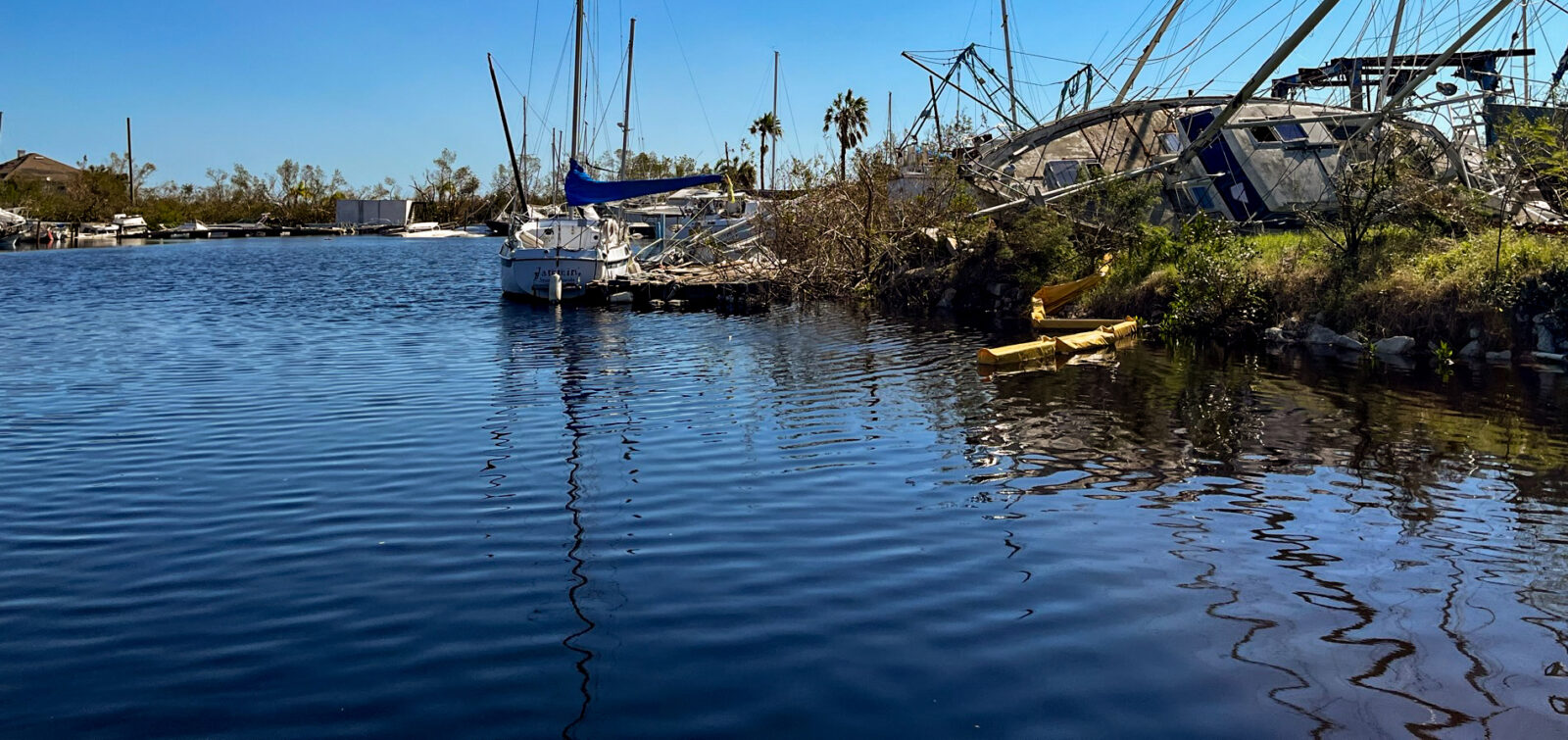In 2010, when climate science was in its infancy and climate change was not a public concern, four counties in Southeast Florida banded together to form the Southeast Florida Regional Climate Change Compact to address routine blue-sky flooding and the damages caused in its wake.
The counties aimed to create a uniform plan and strategy for seawall heights among the cities, without direction or funds from the state, to guard against the devastating May and October King Tides, as well as the high tides that occur up to six times per year and wreak havoc on local communities. In 2012, their comprehensive report (Counties Regional Climate Action Plan) was released with an underlying mission: “to integrate climate adaptation and mitigation into existing decision-making systems and to develop a plan that can be implemented through existing local and regional agencies, processes and organizations.”
History of Southeast Florida Seawalls
Most of the developed waterfronts in this part of the country have seawalls to protect the adjacent man-made infrastructure and transition from land to water. However, seawalls are vulnerable to water intrusion and have limited life spans. Many were built in the late 1960s and early 1970s and are in need of replacement.
Scientific analyses have noted that, ecologically, seawalls are deserts, also known as “dead zones”– meaning they are marked by low-productivity and lack of ecological development, oxygenation, and vegetation. Alternatively, natural shorelines (gently sloped banks with native vegetation) are proven to provide multiple ecological benefits. With this information, nature-based shoreline protection is becoming more widely used today for both shoreline safety and flood control measures against sea-level rise. Many of the seawalls that were installed at the time were in locations that were not really suitable for a seawall, but the structures were installed anyway—without a uniform code and with haphazard heights. When they were constructed, it was not yet understood that seawalls can have detrimental effects on sea life, or that this approach would turn out to be ineffective and merely a short-term fix. These locations are also facing tidal risks; high tides often go over the tops of the seawalls, which can cause seawalls to collapse, and during extreme low tides there is no water pressure to help hold the seawall in place, which also poses a risk of collapse.

Across the coastal United States, areas can be identified as notably vulnerable to sea-level rise where tide heights result in flooding that is detrimental to both surrounding infrastructure and natural communities. Broward County, Florida, has been deemed one of the most vulnerable communities in the country due to the low-lying conditions, 67 percent sea-walled waterways, and low seawall heights. This problem is not unique, commonly occurring across the coastal United States. However, as an integral founding member of the Southeast Florida Regional Climate Change Compact, Broward County found itself leading the charge in finding a new solution, as success was paramount for the county’s survival, and lessons learned could serve as a roadmap for shorelines everywhere.
What Is the Correct Seawall Height to Address Detrimental Flooding?
In 2019, ESA was hired to help Broward County and its 31 cities address its seawall longevity issues and provide a recommended uniform height for coastal resiliency. By this time, almost all of the seawalls were approaching the end of their 45+ year lifespan and required intervention. Given the history of these seawalls and the increasing vulnerability to the effects of sea-level rise resulting from climate change, the question that most needed to be answered was: what is the ideal seawall height?
Our team examined several seawall predictions (from the Army Corps of Engineers [USACE], National Oceanic and Atmospheric Administration, and Intergovernmental Panel on Climate Change) over the last three decades, and evaluated low, intermediate, and high prediction rates. It was discovered that actual sea-level rise was almost always at the high end of the predictions.
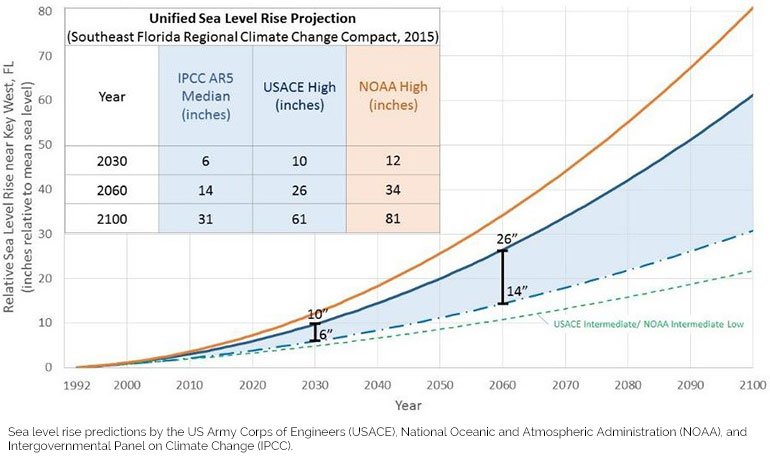
As a result, ESA recommended an intermediate-to-high (USACE) approach to remain cautious and cost-effective, ultimately determining that Broward County should raise seawall heights an additional 2.2 feet, which correlated to the 2060 timeframe—when these seawalls will again likely need to be replaced.
On March 30, 2020, Broward County officially issued the order that the new community wall standard was to be set at five feet. ESA helped prepare this brochure with details regarding this decision.
Long-Term Goal
Because the majority of Florida’s and Broward County’s seawalls were constructed in the late 1960s and early 1970s, they are all roughly the same age and will need to be addressed within the next few years. Right now is the best time to implement a coordinated approach with a uniform height.
ESA is committed to providing research, education, and implementation programs for other at-risk communities over the coming years. In fact, we are already working with additional coastal communities in West Florida and the Tampa area to help achieve the same success that is being seen in Broward County—which is a uniformed and applied solution to replacing seawalls so that they can collectively hold back rising sea levels.
To learn more about how ESA is aiding Broward County in pioneering seawall height design and educating the local community on the benefits of incorporating living shorelines into our approach, reach out to Thomas Ries or Bryan Flynn, PE.
